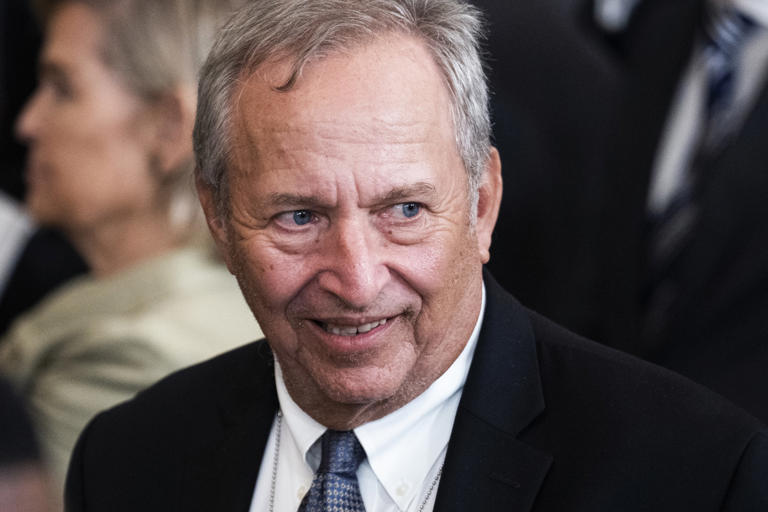The recent indicators pointing to economic weakness have fueled speculation among investors that the Federal Reserve will implement interest rate cuts to stimulate economic growth. These indicators include subdued GDP growth, a decline in personal consumption expenditures (PCE), and a reduction in job openings. As a result, the market sentiment regarding the possibility of a rate cut has intensified, with interest-rate futures now suggesting a significant probability of at least one rate decrease by September, as indicated by the CME FedWatch Tool.
However, the prospect of a Federal Reserve rate cut is not a foregone conclusion, particularly in light of the central bank’s ongoing focus on managing inflation. While certain economic indicators signal a slowdown in economic activity, the Fed’s preferred inflation metric, the PCE price index, has shown inflation levels exceeding the central bank’s 2% target. This dichotomy presents a challenge for the Fed, as it seeks to address economic weakness while preventing inflationary pressures from escalating.
Despite the uncertainty surrounding Federal Reserve policy decisions, bond markets have responded favorably to expectations of rate cuts and concerns about economic deceleration. Bond yields, including the 10-year Treasury yield, have declined, reflecting investor expectations of accommodative monetary policy measures.
However, Harvard economist Larry Summers presents a dissenting perspective, suggesting that interest rates may remain relatively elevated in the foreseeable future. Summers argues that the neutral federal funds rate, which supports sustained economic growth without fueling inflation, is substantially higher than current levels. Consequently, he believes that there may be less room for Federal Reserve rate cuts than what the market anticipates. Although interest rate futures imply expectations of multiple rate reductions, Summers contends that rates may stabilize at levels higher than those currently envisioned by investors.
The impact of interest rate movements on individual financial circumstances varies. Higher interest rates can lead to increased income from savings accounts but may also result in higher borrowing costs for mortgages, auto loans, credit cards, and other forms of credit. Conversely, falling interest rates can have the opposite effect, reducing income from savings while lowering borrowing costs.
Overall, the trajectory of interest rates remains uncertain and is influenced by a complex interplay of economic data, inflation trends, and Federal Reserve policy decisions. Both investors and consumers will need to closely monitor developments in these areas to adjust their financial strategies accordingly and navigate the evolving economic landscape.

